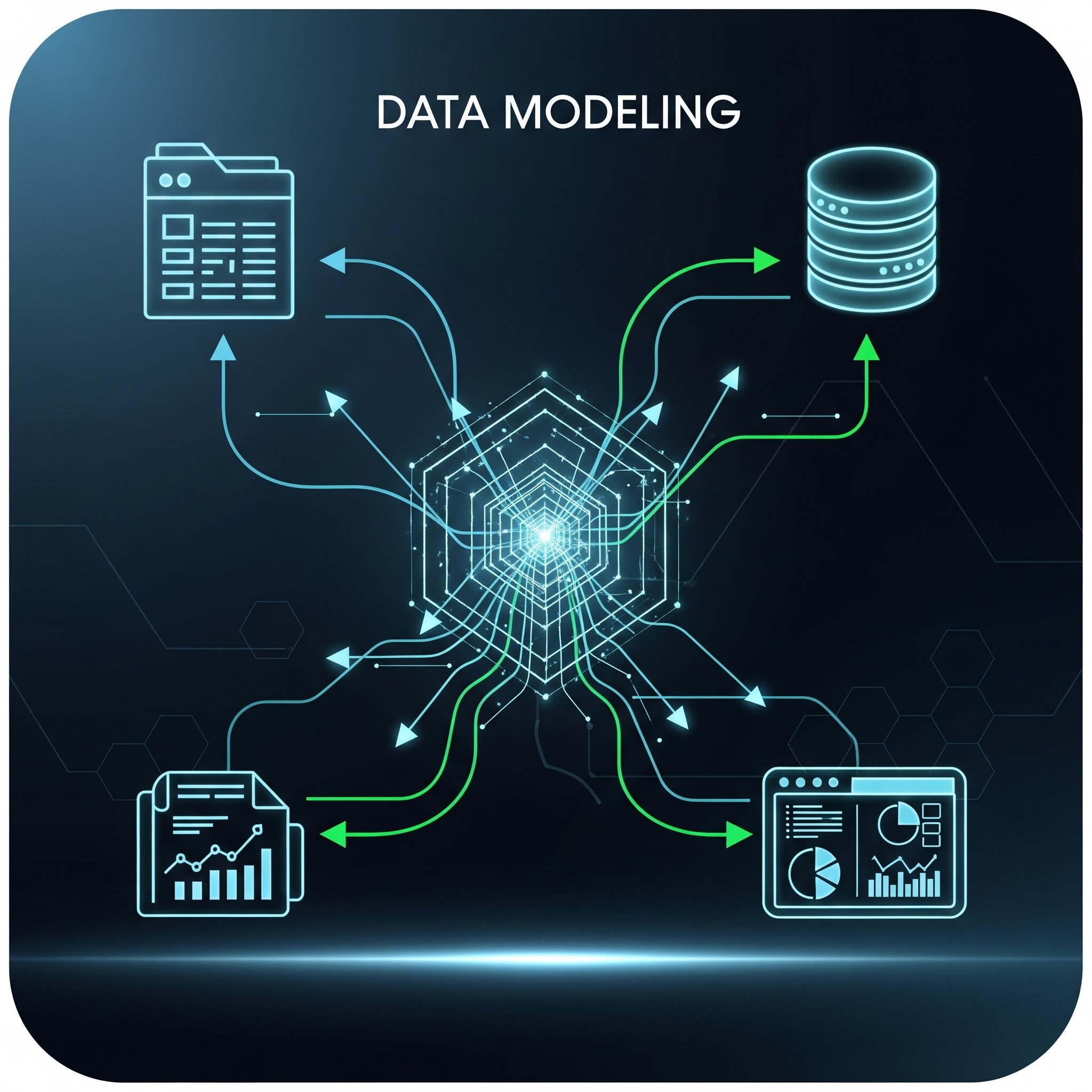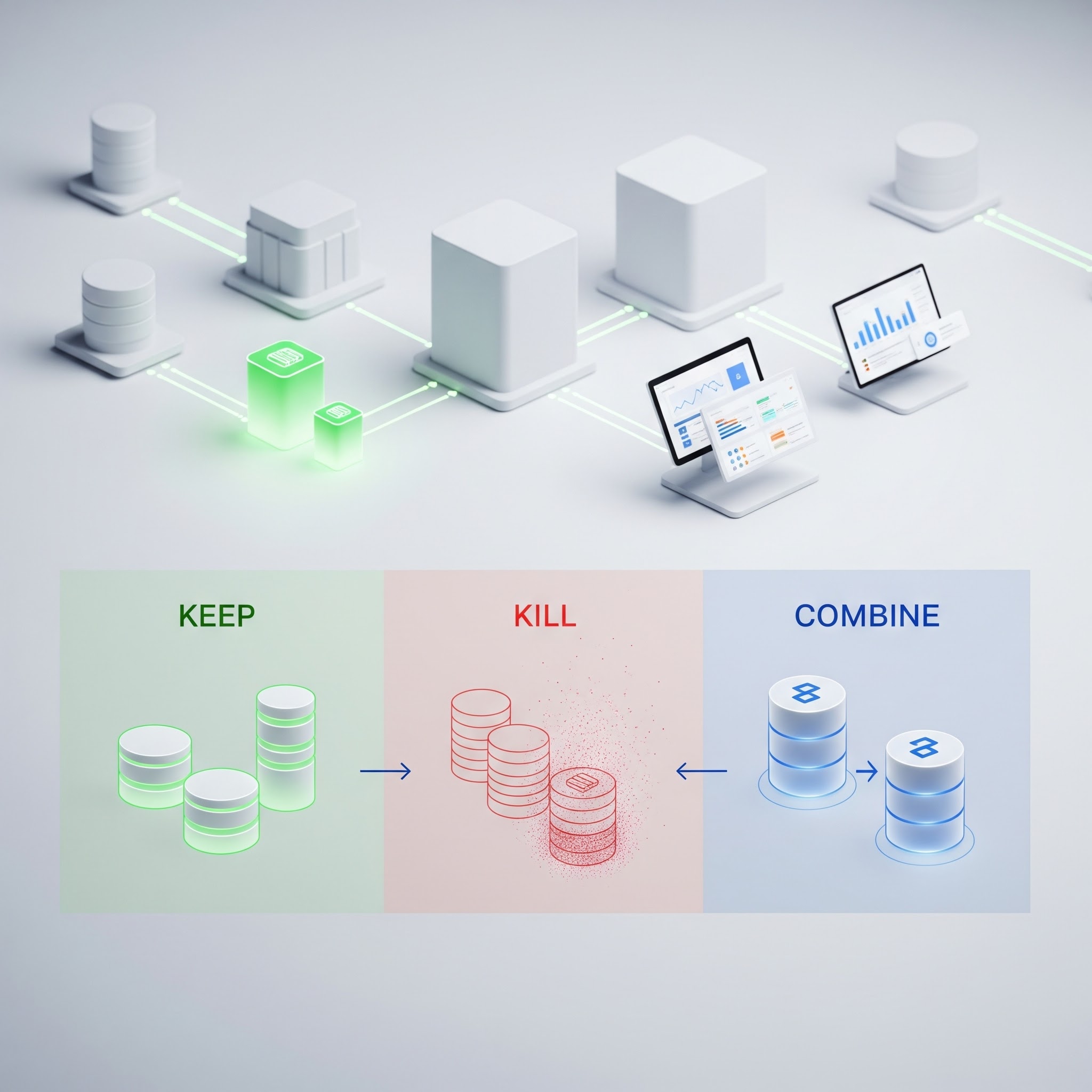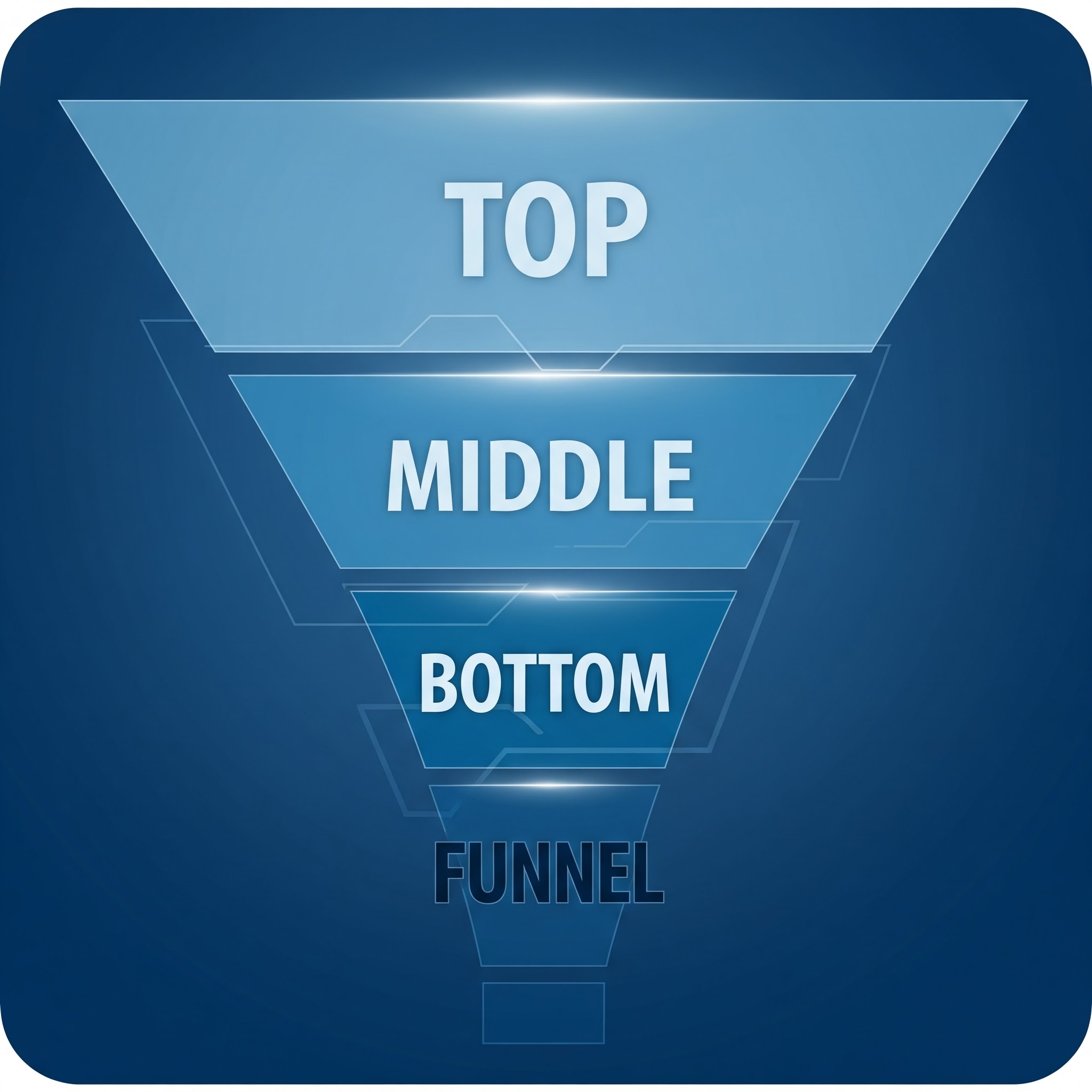The Funnel of Data Layers Meets the Funnel of Business Functions


Funnels are everywhere in business. Marketing uses them to build awareness, sales to qualify and close leads, HR to streamline hiring, and product teams to track adoption. The logic is always the same: start with many inputs, refine step by step, and end with the outcomes that matter most.
Data follows the same pattern. The funnel begins with raw sources, moves through modeling and analysis, and produces insights and data products at the bottom. The difference is that, unlike business funnels, the data funnel is often invisible — and that’s the problem.
In reality, the two funnels are deeply connected. When they’re aligned, data modeling stops feeling abstract and starts reflecting the way the business actually works. Every stage of the data funnel maps to a business function which means leaders don’t just benefit from modeling, they belong inside it.
Top of Funnel: Raw Sources = Marketing Awareness
Marketing knows that not every click, impression, or event leads to revenue. A campaign may generate thousands of sign-ups, but only a fraction will turn into qualified leads. Still, without those initial signals, there’s no funnel to work with. The top is about casting a wide net and making sure nothing important slips by.
Data teams face the same challenge with raw inputs. Transaction records, website logs, customer service tickets, and IoT device pings are all messy, unstructured, and difficult to use in their initial form. Most of it will never directly drive business value, but it must be captured in order to be filtered, shaped, and refined later.
The key role for business teams at this stage is awareness. If sales calls aren’t logged consistently, if customer attributes are missing from forms, or if campaign IDs are set up inconsistently, the funnel starts with blind spots. Just as marketing insists on proper campaign tracking, business leaders should push for thoughtful data capture, so the funnel begins with usable material.
Middle Funnel: Modeling = Sales Qualification
Sales teams know the grind of qualification. A long list of leads isn’t worth much until you understand which ones have real potential. Reps dig into context, cross-check against firmographics, and look for buying signals. The result? A tighter pipeline that reflects reality, not just noise.
Data teams do this through modeling. Cleansing removes inconsistencies, transformation creates structure, and modeling establishes relationships between data points that mirror the business process. But here’s the catch: only the business can say what makes something “qualified.”
Is a customer considered active after one transaction or three? Does a deal count as high value because of revenue potential, or because of strategic alignment? Without business input, models risk being mathematically elegant but strategically hollow.
This stage is where collaboration matters most. Business leaders provide the rules of the game, and data teams encode them into models that can scale. When the two align, the funnel delivers clarity instead of confusion.
Bottom Funnel: Analytics = Conversions
At the bottom of the sales funnel, deals are closed, contracts are signed, and revenue is recognized. This is where the early stages of awareness and qualification finally pay off. Without the structured process we touched on above, there’s nothing to convert.
The same logic applies to data. Once raw sources have been refined and modeled, they’re ready to power analytics including dashboards, KPIs, predictive forecasts, and AI-driven insights. This is where business leaders lean heavily on the output. Finance depends on accurate revenue projections, product managers need adoption metrics they can trust, and executives need signals they can act on with confidence.
The key question at this stage is alignment. Are we measuring the outcomes that actually drive decisions? If analytics focus on vanity metrics or abstract KPIs, they won’t translate into meaningful conversions. Closing the loop requires constant feedback between data producers and business users, ensuring the insights at the bottom of the funnel are tightly tied to the outcomes leaders care about.
Retention: Data Products = Customer Success
Every business leader knows that the real value isn’t just in closing a deal, it’s in keeping the customer, nurturing the relationship, and compounding value over time. Customer success teams focus on renewals, upsells, and long-term satisfaction because that’s where sustainable growth lives.
Data governance and data products play the same role. Instead of one-off reports that vanish into a slide deck, governed pipelines and repeatable models ensure that insights are durable and reusable. A well-designed data product becomes part of the operating rhythm of the business — something that marketing, finance, operations, and product teams can rely on again and again.
This is where data transforms from being a reactive service into a true strategic asset. Just as customer success nurtures relationships that fuel growth, data governance nurtures trust in the information that fuels decision-making. Without it, every cycle becomes a restart. With it, the funnel compounds value over time.
Shared Metrics: Where the Funnels Overlap
One of the strongest connections between the two funnels lies in their metrics. Business leaders live by KPIs like MQLs, SQLs, conversion rates, retention scores, and net revenue. But those metrics don’t exist in a vacuum, they are also outputs of the data funnel.
Marketing’s MQLs depend on properly captured and modeled campaign data, sales’ pipeline health depends on unified customer entities built in the data funnel, and finance’s revenue forecasts rely on clean transactional data modeled into repeatable structures. In other words, the KPIs business teams trust every day are the same KPIs that emerge from a well-designed data funnel. The overlap is already there, it’s just not always recognized.
The Risks of Misalignment
When business and data funnels drift apart, the costs are high:
- Campaigns may run successfully, but when data capture is broken, marketing teams are left without the insights they need to measure impact.
- Data teams can build elegant models, but without business input, those models often go unused because they fail to reflect real-world priorities.
- Dashboards still get built, but they end up tracking what is easiest to measure rather than the metrics that actually drive decisions.
The result? Frustration, rework, and a lack of trust. Business leaders dismiss analytics as irrelevant, while data teams feel their work isn’t valued. The fix isn’t more dashboards — it’s better alignment at every stage of the funnel.
How to Participate in the Data Funnel
The good news is that business leaders don’t need to become data engineers to participate. Each stage of the funnel has a simple way to engage:
- At the top of the funnel, business leaders can ensure that the right inputs are being logged, from campaign IDs to customer attributes and sales activity.
- In the middle of the funnel, they can define what “qualified” means for their function and share that definition with the data team.
- At the bottom of the funnel, they can validate whether the metrics being produced truly match the decisions they need to make.
- For long-term retention, they can advocate for repeatable, trusted data products instead of relying on ad hoc one-offs.
From Two Funnels to One
Connecting business and data funnels isn’t about creating a clever metaphor, it’s about building alignment that lasts. When both sides engage, decisions get made faster, trust in the numbers grows, and the organization moves forward with more clarity. Business teams bring the context and data teams bring the structure. When they work together, the result is a single funnel where insights and actions flow without friction.
This isn’t abstract data work. It’s about making sure every model, every metric, and every dashboard reflects the business reality leaders care about and making the data funnel feel like a natural extension of how the business already operates.
Create a Connected System with Ellie.ai
The business funnel and the data funnel aren’t separate, they mirror each other. When business teams actively participate in the data funnel, especially at the modeling stage, the results reflect the real priorities that drive growth. Ellie.ai empowers teams by making modeling accessible, surfacing the right data sources, and creating a space where business and data perspectives come together. What was once a technical exercise is now a shared business process.









